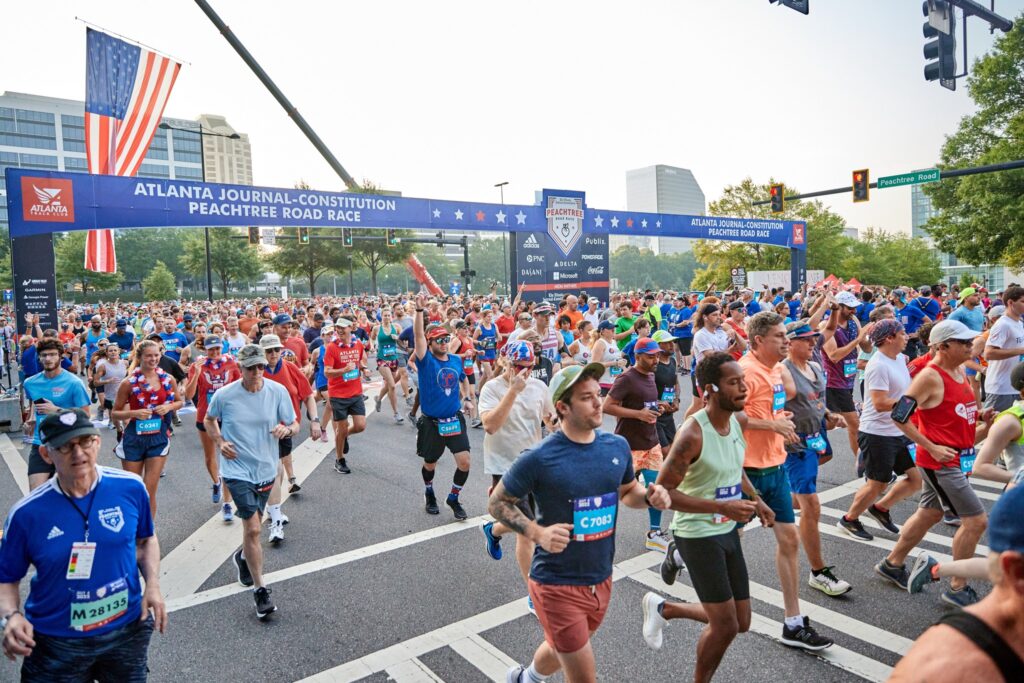Understanding the Distance of a 10K Race
A 10K race, which is equivalent to 10 kilometers, is a popular running distance that many athletes and casual runners participate in. This distance is often chosen for its balance between challenge and accessibility, making it a common goal for those training for longer races or those looking to improve their fitness levels. In this article, we will explore the details of a 10K race, including its distance in miles, training tips, race strategies, and frequently asked questions.
What is a 10K Race?
A 10K race is a running event that covers a distance of 10 kilometers. This distance is approximately 6.2 miles. The 10K is a standard distance in road racing and is often included in various running events, including charity races, marathons, and local running competitions.
Conversion: Kilometers to Miles
To understand how far a 10K race is in miles, it’s essential to know the conversion factor between kilometers and miles.
- 1 kilometer = 0.621371 miles
Using this conversion factor, we can calculate the distance of a 10K race:
Thus, a 10K race is approximately 6.2 miles.
The Popularity of the 10K Distance
The 10K distance is favored by many runners for several reasons:
- Accessibility: It is a manageable distance for beginners while still providing a challenge for more experienced runners.
- Training Flexibility: Training for a 10K can fit into various schedules, allowing runners to incorporate it into their fitness routines without the extensive time commitment required for longer races like half-marathons or marathons.
- Community Events: Many local running clubs and organizations host 10K races, fostering a sense of community and encouraging participation.
Training for a 10K Race
Training for a 10K race requires a structured plan, especially for those new to running or those coming back after a break. Here are some key components to consider:
1. Establish a Training Schedule
A typical 10K training plan spans 8 to 12 weeks, depending on your current fitness level. Most plans include:
- 3 to 4 running days per week: Incorporate a mix of easy runs, long runs, and speed work.
- Cross-training: Activities such as cycling, swimming, or strength training can improve overall fitness and reduce the risk of injury.
- Rest days: Allow your body to recover to prevent overtraining.
2. Build Endurance
Gradually increase your long run distance each week. Start with a comfortable distance and add about 10% each week until you reach at least 8 miles.
3. Incorporate Speed Work
Speed workouts, such as interval training or tempo runs, can improve your pace. For example:
- Intervals: Run fast for a set distance (e.g., 400 meters) followed by a recovery jog.
- Tempo Runs: Run at a comfortably hard pace for a sustained period, helping to improve your lactate threshold.
4. Listen to Your Body
Pay attention to any signs of fatigue or injury. Adjust your training plan as necessary to avoid burnout or injury.
Race Day Strategies
On race day, having a strategy can enhance your performance and enjoyment of the event.
1. Pace Yourself
Start at a comfortable pace and avoid the temptation to sprint out of the gate. It’s essential to conserve energy for the latter part of the race.
2. Stay Hydrated
Ensure you are well-hydrated before the race. During the race, take advantage of water stations if available.
3. Know the Course
Familiarize yourself with the race course if possible. Understanding the terrain and elevation changes can help you plan your pacing and effort.
4. Warm-Up
A proper warm-up can prepare your muscles for the race. Include dynamic stretches and light jogging before the start.
Frequently Asked Questions (FAQ)
Q1: How long does it take to run a 10K?A1: The time it takes to complete a 10K varies widely based on fitness level and experience. Average completion times range from 50 minutes to 1 hour and 30 minutes.
Q2: Is a 10K a good distance for beginners?A2: Yes, a 10K is often considered a suitable distance for beginners who have some running experience. It provides a challenge without being overwhelming.
Q3: What should I eat before a 10K race?A3: A balanced meal with carbohydrates, protein, and healthy fats is recommended 2-3 hours before the race. Foods like oatmeal, bananas, or a small sandwich can be good options.
Q4: How can I prevent injuries while training for a 10K?A4: To prevent injuries, gradually increase mileage, incorporate rest days, cross-train, and pay attention to your body’s signals.
Q5: Can I walk a 10K?A5: Yes, many participants walk 10K races. Walking is a great way to enjoy the event and still achieve personal fitness goals.
Summary Table
| Aspect | Details |
|---|---|
| Distance | 10 kilometers (6.2 miles) |
| Average Completion Time | 50 minutes to 1 hour and 30 minutes |
| Training Duration | 8 to 12 weeks |
| Running Days per Week | 3 to 4 days |
| Cross-Training | Cycling, swimming, strength training |
| Common Race Day Tips | Pace yourself, stay hydrated, warm-up |
For more detailed information on running distances and training, you can visit the Wikipedia page on running here.
Conclusion
A 10K race is a fantastic way to challenge yourself, improve your fitness, and participate in a vibrant community of runners. With the right training, preparation, and mindset, you can successfully complete a 10K and enjoy the journey along the way. Whether you are a beginner or an experienced runner, embracing the 10K distance can lead to personal growth and achievement in your running journey.






More Stories
Is there a lifetime limit on epidural steroid injection?
What is Section 20 of the Motor Accident Insurance Act (Queensland)?
Where to Watch USMNT vs Jamaica National Football Team